An Indian poet well-known in Turkey once addressed his fellow Indians with these lines:
“A dark winter arises in the horizon
We’d get through it only if we nestle each other
Do break those hard, heavy shells of yours
Free yourselves from that burden.
Those shells do not protect us but only harm.
They condemn us to solitude.
Yet we all, each and every one, are stars
What of it, if they reckon us fireflies.”
WHAT IS HAPPENING AT ANADOLU?
China and India are two ancient civilizations of Asia. Both were among the world’s most developed countries until the 16th century, but suffered tremendously from imperialism. Both are still suffering from it today.
The Turkish State’s Anadolu Agency (AA) is constantly reporting news and think pieces which suggest there is an irreconcilable contradiction between China and India, as if Turkey would be overjoyed to see the two Asian giants clash!
In AA’s foreign news bulletins, the effort to create discord among the Eurasian countries is outstanding. One might come to the conclusion that AA is an American Agency by examining its hostile attitude towards Iran, Russia and China. Particularly on issues such as the alleged persecution of the minority Uygurs and the political unrest in Hong Kong, it is taking steps in near perfect accord with the aggressive attitudes and actions of the US – it seems that FETO is still in operation at Anadolu.
US Aggression
The source of AA’s news and analysis are news sites and media channels under US control. The US is the main force agitating conflict between China and India. If you look at American sources, you would believe that China and India are preparing to go to war. Several terrifying analyses put out by the well-known “think tanks” of the American Secretary of State are being pumped into the international media. The American media has also done an excellent job of blowing things out of proportion. If you do a Google search, you are sure to find American publications at the top of the results. However, good luck trying to find out about the issue from Chinese sources, they are effectively buried. The US has the media trained like a lap dog.
MOST COUNTRIES IN ASIA HAVE BORDER PROBLEMS
There is undoubtedly a serious border dispute between China and India. However, the peoples living together under the great empires of Asia, in the process of transition to nation states, such problems have occurred in almost every country. The basis of the border dispute between China and India is a result of India’s colonial period. British colonists drew the border between China and India at least four times. Whatever the conditions of the day required, the north east border of India was mapped accordingly. The area under dispute is actually a natural extension of the Xinjiang Uyghur Autonomous Region and the geography where the famous Karakoram Highway passes. The border region where the Uyghur Autonomous Region ends and the Tibet Autonomous Region begins. Its height is 4000 meters. This area has great strategic importance for China, and is thus heavily targeted by the US.
When India gained its independence in 1947, it unilaterally set a different border from the British colonists, as the civil war was going on in China at that time. In 1954, Prime Minister Jawaharlal Nehru ordered the finalization of the borders. As a result of this wide-ranging study, Nehru notes that “no boundaries have been set” for the Aksai Chin region, which is controversial with China. (1)
There is no solution other than a friendly meeting between the two parties for the border to be finalized.
ZHOU ENLAI AND NEHRU LAID A FOUNDATION OF FRIENDSHIP
China and India have experienced conflicts for years as the two largest countries of Asia. However, after deposing the oppression of imperialism and overcoming the regional hang-ups of the feudal period, a critical maturity began to develop. For instance, India was the first non-socialist country to recognize the People’s Republic of China. On April 1, 1950, China – India diplomatic relationship was established. In June 1954, Prime Minister Zhou Enlai visited India: this was the first visit of a leader from Socialist China to a non-socialist country. During this visit, “Five Principles of Peaceful Coexistence” were adopted.
In October 1954, Indian Prime Minister Jawaharlal Nehru visited the People’s Republic of China. He was the first foreign leader to visit China after the revolution.
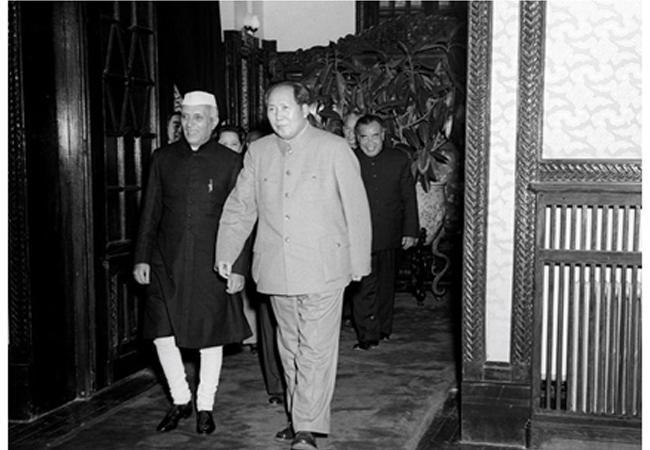
Prime Minister Nehru with the Chairman of the People’s Republic of China Mao Zedong at Beijing during the former’s official visit. 23 October 1954
The first Asia-Africa Conference was held in Bandung in April 1955. At the famous Bandung Conference, Zhou and Nehru collaborated closely, and the attitude of these two leaders ensured the success of the meeting. The Bandung Conference gave birth to the Non-Aligned Movement under which numerous oppressed countries united their powers and limited imperialism. At the end of this great struggle, the American occupation was defeated in Vietnam, Cambodia and Laos, and numerous African countries gained their independence.
The Five Principles of Peaceful Coexistence, announced at the meeting between Zhou and Nehru, were adopted by the United Nations in 1963.
THE SOVIET PROVOCATION
The Soviet Union, led by Khrushchev, was the first to cause problems in friendly relations between China and India. In 1959, an uprising attempt was attempted to squeeze China, targeting the independence of Tibet. India hosted the Dalai Lama. This caused a divergence in the relations between China and India. With the support of the Soviets, India attacked the Chinese border troops at the controversial border between India and China in 1962. India defended itself by embracing the border drawn by British colonists. This military adventure, which the CIA’s Chief of General Staff of India provoked by saying “definitely, China cannot respond,” resulted in great losses on the part of India. To solve the problem peacefully, with a maturity from Chinese history, China retreated 20 km from the area on which the Chinese troops advanced and invited India to negotiate.
RELATIONS HAVE IMPROVED SINCE 1976
After a long period of tension, the parties realized the importance of bilateral relations. In July 1976, China and India re-established their embassy relations. In February 1979, Indian Foreign Minister Vajpayee visited China. China has shown that it is persistent in resolving problems peacefully and proposed an agreement on border issues. In June 1981, Deputy Prime Minister and Foreign Minister Huang Hua visited India. In December 1981, the two countries started their first border talks in Beijing.
In December 1988, Indian Prime Minister Rajiv Gandhi visited China. In December 1991, Chinese Prime Minister Li Peng went to India. The two countries signed five agreements and memorandum of understanding on cooperation in diplomacy, border trade and space technology. In September 1993, during the visit of Indian Prime Minister Narasimha Rao, the Peace and Peace Protection Agreement was signed along the Line of Actual Control (LAC) in the Sino-India Border Area, which was a major breakthrough in solving border problems. In November 1996, Chinese President Jiang Zemin went to India as an official guest. It was the Chinese president’s first visit to India.

TOGETHER IN BRICS AND THE SCO
In the 2000s, relations between China and India improved a lot. Both Hu Jintao and Xi Jinping visited India. The incumbent Indian Prime Minister Modi was also hosted in China. In 2013, the “Border Defense Cooperation Agreement” was signed between China and India. The two countries took the initiative together to establish regional cooperation. BRIC was founded in 2006 with the participation of India, Brazil, Russia and China. In 2011, the union joined South Africa and its name became BRICS. In 2017, with the efforts of Chinese President Xi Jinping, India became a full member of the Shanghai Cooperation Organization (SCO), joining the SCO together with Pakistan. India’s and Pakistan’s full membership in the SCO improved the climate of peace in Eurasia.
US PROVOCATIONS BEGIN
After the US determined China to be its main enemy in its National Defense Strategy in 2018, extraordinary anti-Chinese propaganda started to be pumped into India. US foreign policy commentators insisted that the Belt and Road Initiative targeted India. China, on the other hand, insisted that the development would develop with the participation of its ancient neighbor. China even invited India to participate in the BRI.
In November 2019, at the Fourth Marine Silk Road International Think-Tank Forum, I attended representing Turkey, where I heard Prime Minister Mori’s consultant and MP Subramanian Swamy suggest that India would absolutely participate in the Belt and Road Initiative. He said that humanity has entered the Asian age, China and India, the poor countries of the last century, were the innovative countries of the future, and that Asia ought to belong to the Asians. (2)
However, in the region which was the subject of controversy on June 15/16, 2020, the provocation came from the Indian side. It has been reported that 63 soldiers died on both sides, although the Chinese government did not publicize its losses. While the media in the US generally reports that China had passed the Line of Actual Control, Indian Prime Minister Modi announced that the Chinese soldiers did not cross the border. (3) The parties once again stopped the clashes and turned to a diplomatic solution.
Nonetheless, the imperialist press launched a propaganda campaign promoting the idea of “China’s Warrior Wolf diplomacy”. US President Donald Trump has announced his willingness to mediate between China and India.
CONCLUSION: THE BOOT IS ON THE OTHER FOOT
China will not enter into a conflict with India. China, according to President Xi Jinping himself, promises to create a more just and equal world for humanity, a lofty goal which war over unmanned terrain in the Himalayan hills would undoubtedly preclude.
We know that India, which has deep historical ties with the Turks, does not want to fight China, as such a war would be devastating for India; only the US stands to benefit from such a conflict.
The balance of power in Asia also precludes the possibility of a war. Russia has very close relations with both India and China. However, its relationship with China is strategic. There is not a single country in South Asia that would benefit from or want such a conflict. Australia alone is trying to exacerbate the tension between the two countries, doing the US’ bidding.
Imperialist efforts to stoke conflict between the tribes that remained in the period of feudalism and provoke reactionary and chauvinist understandings are no longer producing results. Especially since being hit by the coronavirus epidemic, the US does not have any reserve of power to confront India and China.
Asia is the homeland of humanity, and these two ancient civilizations of Asia will not come into conflict. As we work towards the unity of humanity, let us conclude with the lines of Tagore, who described the scenario so well: “Yet we all, each and every one, are stars / What of it, if they reckon us fireflies.”
***
Noorani, A.G. (30 August 2003), Frontline, vol. 26 no. 18, archived from the original on 2 October 2011
https://www.aydinlik.com.tr/vatan-partisi-cin-de-dunyaya-mujdeledi-turkiye-atlantik-blogundan-koptu-dunya-kasim-2019
https://www.hindustantimes.com/india-news/chinese-troops-did-not-enter-our-territory-says-pm-modi-at-all-party-meeting-on-ladakh-standoff/story-QGgGUyL3sVRYB7mp3Y8bBI.html







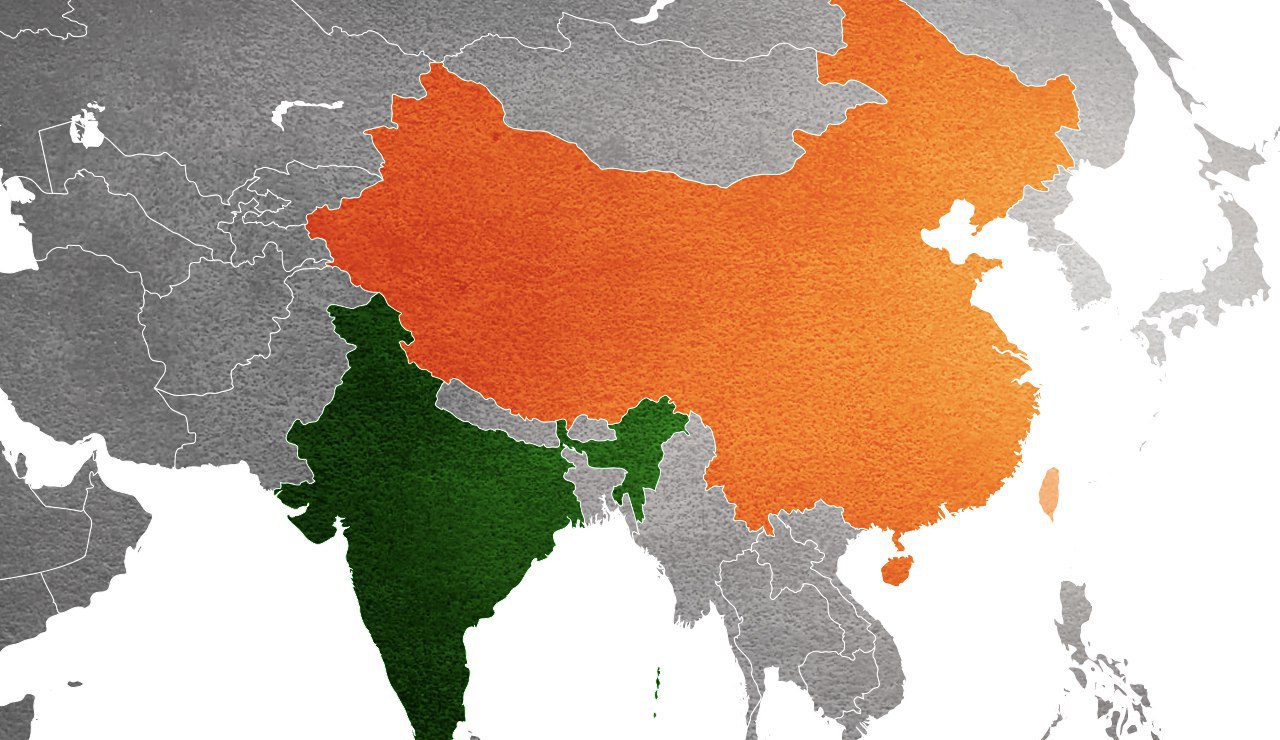

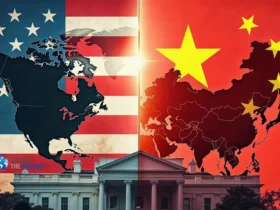

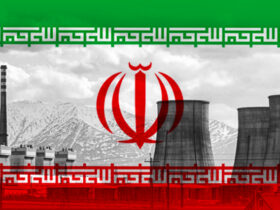


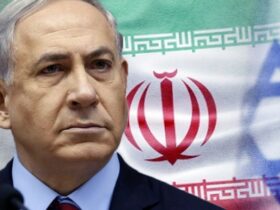
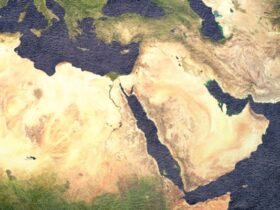

Leave a Reply